Tech and the Future of Aging: An Age Well Conversation With Keren Etkin
Keren Etkin is a gerontologist, entrepreneur and author of “The Age Tech Revolution,” about the intersection of technology and aging. She is also the creator of thegerontechnologist.com, a website that serves as a media platform for startups blazing new trails in age-related technology. We recently asked her to survey some of the latest trends and developments in this fast-changing but very promising field.
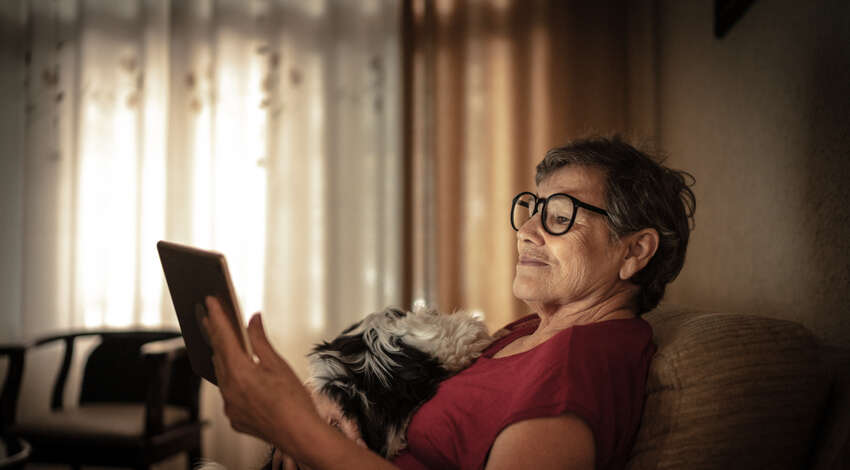
Before we dive into the latest developments, please tell us how you got involved in age-related technology.
I'm a gerontologist. I started my career in the nonprofit sector in various organizations serving the older population. While we were doing incredibly impactful work, we also had our limitations — meaning we had budget constraints and we never had enough people, even when I worked for organizations that had lots of volunteers. One of the key areas that we struggled with was social isolation and loneliness, and we simply couldn’t connect often enough with our clients to really move the needle on that.
A few years ago, I received an offer to join a startup building a social robot for older adults — a digital companion that could fulfill commands (like an Alexa would}, but proactive. It could ask things like, “How did you sleep last night?” or suggest playing some music, or simply acknowledge someone’s presence. That was exciting to me, so I joined the company, and that was my window into this whole ecosystem of startups.
Now, there are literally thousands of startups around the world using the most cutting-edge technology to tackle the various challenges of aging and help older adults live life to the fullest. The initiatives are so far-ranging, — not just focused on health, well-being or social isolation, but also financial wellness, end-of-life planning, career transitions — all kinds of things aimed at helping people age well.
I sensed a real need to pull all of these developments together, and that’s why I started the gerontechnologist.com website, to inform people about the potential all this new tech has to improve lives.
Can you expand a bit on the social robot developed by the startup you used to work for?
It’s called ElliQ, and it’s currently offered in the United States. I believe some states actually have programs to provide the robots through their local agencies on aging.
The company’s research shows that people have multiple interactions per day with this robot, which is amazing, but I guess not surprising, because the robot is proactive. It doesn't just sit in the corner waiting for a command. It can decide, based on certain habits and user preferences, when a good time to engage with the user is, and what type of interaction is suitable for any particular moment of the day. So, for some people it might be just flashing the lights and acknowledging their existence when they walk into the room, and for others it might be, “Hey, good morning. How are you? How did you sleep?” It really does help people feel less isolated if they’re living alone, or if they struggle to get out of the house. It keeps them connected to family and friends in a lot of creative ways, too.
What are some other startups and innovative services you find particularly interesting?
One of the things that I love about this ecosystem is that there are usually multiple solutions for each challenge. So, if we're talking about the challenge of loneliness and social isolation, we have pet robots — cats and dogs — and we also have multiple startups who have created live online social clubs for older adults. They do everything from live guided experiences throughout the world to online book clubs, yoga classes, tech tutoring and so on. One has what they call a café — if, for instance, you don't want to have lunch by yourself every day, you go into this live café and you can have lunch with someone anywhere in the country. There are multiple startups enabling live person-to-person interactions almost 24/7, whether that’s through your smartphone, tablet, computer or TV. Some startups actually send you a setup box with a camera that goes on top of your TV and a little remote with a microphone in it. If you're getting bored while watching TV, you can flip to this online community and see what's going on.
Financial wellness is another area where there’s a lot of interesting work happening — some are helping people figure out if and when they can retire, calculating their income stream and expenses, suggesting affordable places to live and so on. Others are helping prevent scams and fraud, like working with the major banks to monitor people's accounts. Others screen phone calls for scams.
Memory care is also seeing some exciting developments, like assisting people with dementia or Alzheimer's. Some applications are helping people live more independently by helping them establish routines and habits. Some of the robot pets are helping by providing haptic feedback — touch sensations — and reducing agitation.
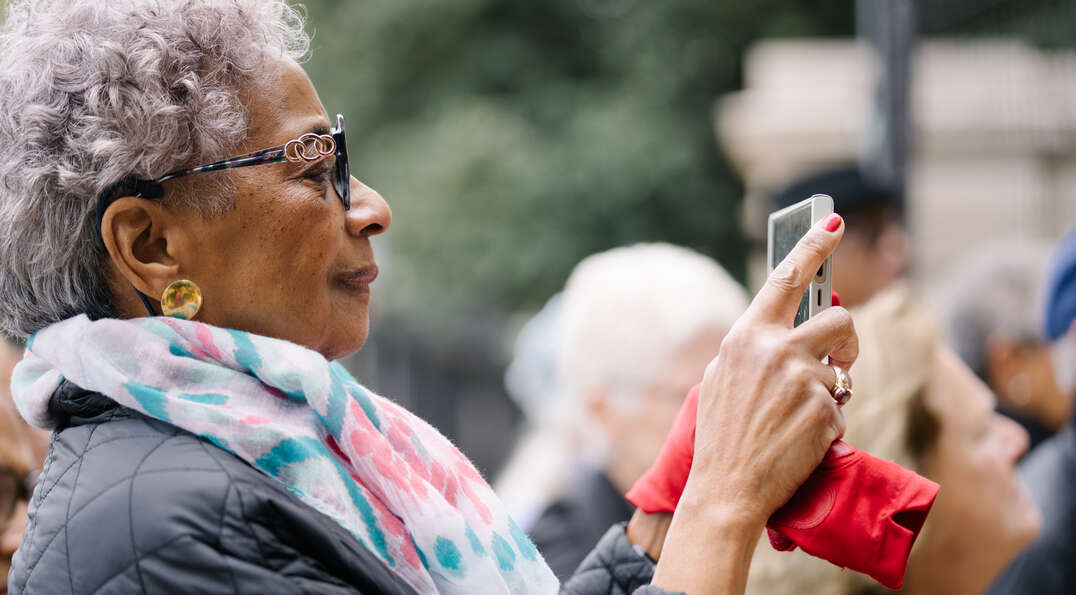
Even though large companies are not your focus, there must be some working in this area, right?
Yes, Apple, for instance, is doing a great job with fall prevention and detection. They have integrated a gait-assessment tool into iPhones. So, anyone who uses an iPhone can get a score of their walking steadiness and a trend line. They can see if their walking steadiness has decreased and if they're at an increased risk of falling. If so, they can reach out to a healthcare provider for an assessment and perhaps get into a program to improve walking steadiness. Many of the newer Apple Watches now have fall detection, and many of the other smartwatches and fitness trackers also have these features available. They have a built-in GPS, so they know a user’s exact location. They can detect if you have fallen, and if you don’t respond that you are okay, the device will alert emergency services.
There are all kinds of home sensors out there now, too — wall-mounted sensors, ceiling-mounted, volume sensors — all can track a person's movements.

What other kinds of devices have been developed to help older people adapt?
A lot of the hearing aids now have AI built into them, helping to enhance the sounds a user wants to hear — like people talking — and filter out ambient sounds or noise. There is also assistive technology that helps people with a hearing impairment get captions through their glasses. If you're having a conversation with someone, you can actually have live captions right in front of you. Many phones, too, have live transcription features.
Can you talk about the uses of gamification in this field?
There are some interesting tools for use, mostly at the institutional level, that are designed for either rehabilitation or social purposes. One of the startups has a device that projects images on any surface, and people play by touching the images they are asked to, which the machine records. It helps people with hand-eye coordination, but it also becomes a social thing that an activity director can use.
Physical rehabilitation, if you’ve been through it, is generally quite boring, and there are games very similar to the ones I played years ago as a kid, where characters in the game move with you, only they’re structured in a way that advances rehabilitation and often speeds up the process. It also reduces the need for a physical therapist’s presence in some circumstances.
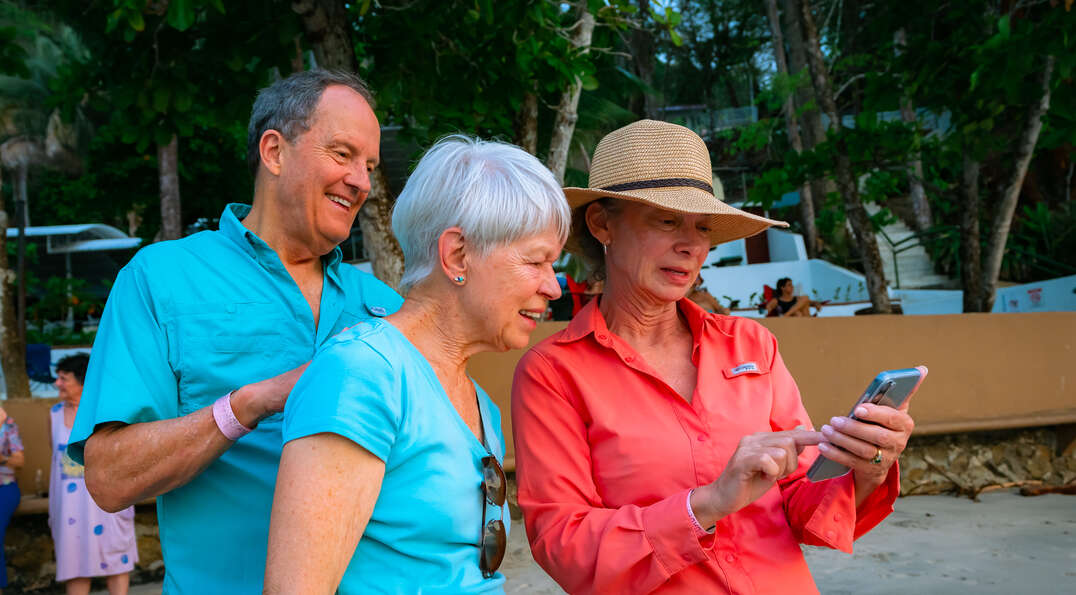
There are quite a few personal mobility solutions out there, but most are essentially powered wheelchairs. Some come with autonomous navigation and obstacle avoidance, which is great.
Some are more for the home, so they can help you transition from a seated position to a semi standing position, for example, or reach objects on higher shelves.
Then there are exoskeletons, a really interesting category. They tend to be expensive and also heavy, but I've seen some being used in healthcare settings, especially in Europe, where they’re helping direct-care workers lift and transfer patients. Often, transfers require two people, but potentially with an exoskeleton you can do it with a single worker.
I suspect that eventually things like this will become more widely available. There's one startup that has powered leggings that basically amplify your own strength — no battery or motor or anything. They’re promoting it for athletes, but I don't see any reason why this technology couldn't be used for people who are starting to lose muscle mass and for whom mobility is starting to become a challenge.
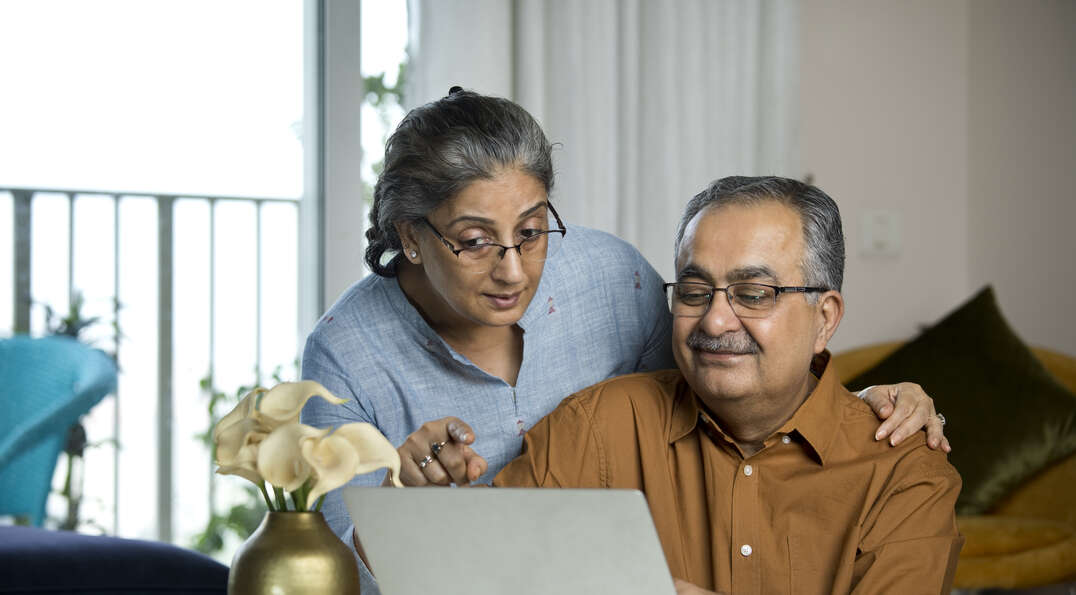
With all the choices and the pace of change, does this get to be overwhelming for people in generations not weaned on technology?
I’m glad you're bringing this up, because I think one of the biggest misconceptions is that older adults don't use technology. We have plenty of research showing that older adults are adopting technology at increasingly growing rates each and every year, and the most recent research from AARP shows that the vast majority of older adults have at least one primary device — a smartphone, a tablet or a computer that they use every day. On average, they have seven devices that they use, and they use tech every single day.
If you go out on the street and you tap a random older person on the shoulder and ask to see their phone, I bet it would be a smartphone, and I bet they have their banking app on there, check the news on there and have their email and their messaging group chat. So, older adults are using technology and since Covid, that trend has accelerated.
Also, there are many, many service providers and many local organizations providing tech education. And many startups are doing this online, too. As long as someone has a computer and an Internet connection, it has never been easier to learn how to use technology.
The main challenge that I see today for tech adoption is that people don't know what they don't know, so they don't necessarily realize that these solutions exist for them, and many of these startups are small startups. They don't have millions of dollars to spend on ads to make their presence known — a lot of it is word of mouth. A lot of it is dependent on where you are based locally, because some of these startups will be made available to you through local service providers.
And that brings us back around to your website, www.gerontechnologist.com.
Honestly, I think that’s a great place for people to start. We publish an annual market map there, with links to many of the startups by their area of interest. For instance, you can check out startups on different housing solutions for older adults. If you are a caregiver, you have your own category. If you're looking for transportation solutions or financial solutions, you have a category. It’s designed to be easy to use.
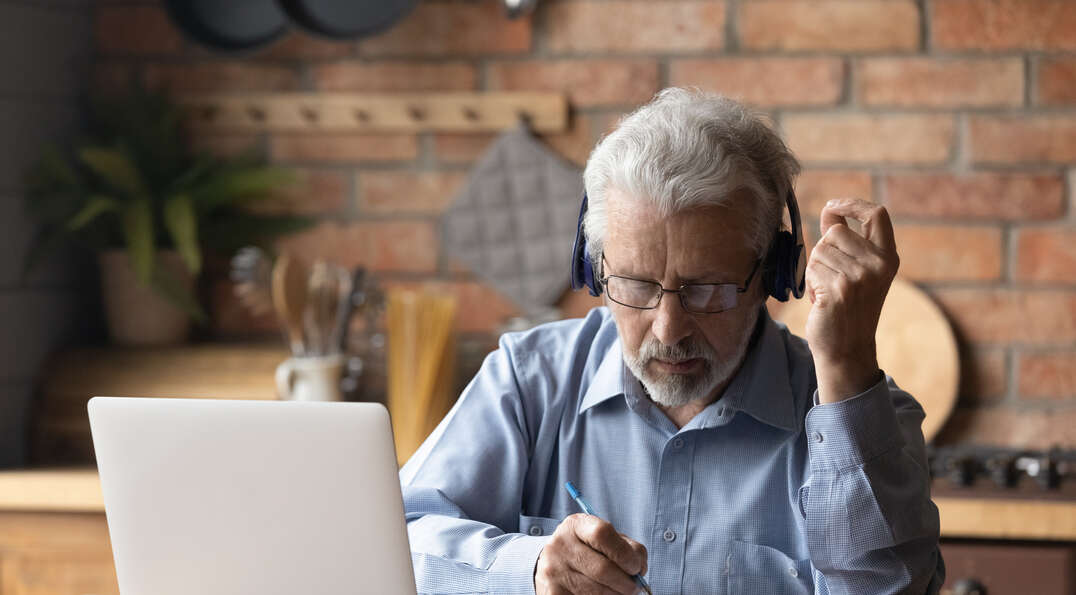
Last question: Any predictions for the future?
That’s a tough one, because if we were having this conversation five years ago, I’d have said for sure we’d have autonomous vehicles in 2025. We don't. I would’ve said we’d have better robots in our home, but mostly all we have are robot vacuums.
That said, I do believe that we will have smarter homes, with real estate developers
who are savvy enough to embed technology today that make our homes smarter right out of the box.
We will definitely have caregiver-type robots — by the time I'm older, I fully expect to have one, simply because we won’t have enough people to help everyone who needs it. Service robots are actually getting better — multiple companies are developing humanoid butler robots that look a bit like C3PO, so that’s definitely on the horizon.
I also think that eventually our voice assistants will be like companions, because already some of them are able to hold up a conversation fairly well.
It’s an exciting time in Age Tech!
See what’s ahead in our Age Well series of free lectures, as well as interviews with past lecturers like Keren Etkin!


